Heatsink test
In order to test the performance of the heatsinks, the RAM kit is also put to sweat in Testmem5 with profile “Extreme1@Anta777”. For this purpose, external type K temperature sensors are used together with an Elmorlabs KTH for temperature detection. One of the sensors is placed in the center of the outer (warmer) module at the height of the ICs, between the board and the heatspreader. With another one the ambient temperature is measured, the values are logged 2 times per second each and so the delta is formed. This test was of course performed before the teardown, so the results really describe the modules in their original state. In addition, the heat test was performed on the Asus Maximus Z690 Apex, as this board has the smallest spacing between DIMM slots and thus poses the biggest challenge to the heatsinks.
In addition to the 6200 Mbps Corsair modules from today’s test, I also packed the 5600 Mbps Dominator modules with identical heatsink but Samsung 16 Gbit B-Die ICs with 1.25 V XMP voltage into the diagram for comparison. I also included the ADATA XPG Lancer modules with identical Hynix M-Die memory chips and XMP voltage, but different cooler construction.
The results are interesting, although probably only of academic relevance. While the Dominator Platinum RGB modules get the hottest in passive mode and reach 34 °C above room temperature, you can simultaneously record the best result with only 7 °C delta with active cooling. The emissivity and the surface texture of the cooler should mainly explain the difference to the ADATA modules.
Teardown and PCB analysis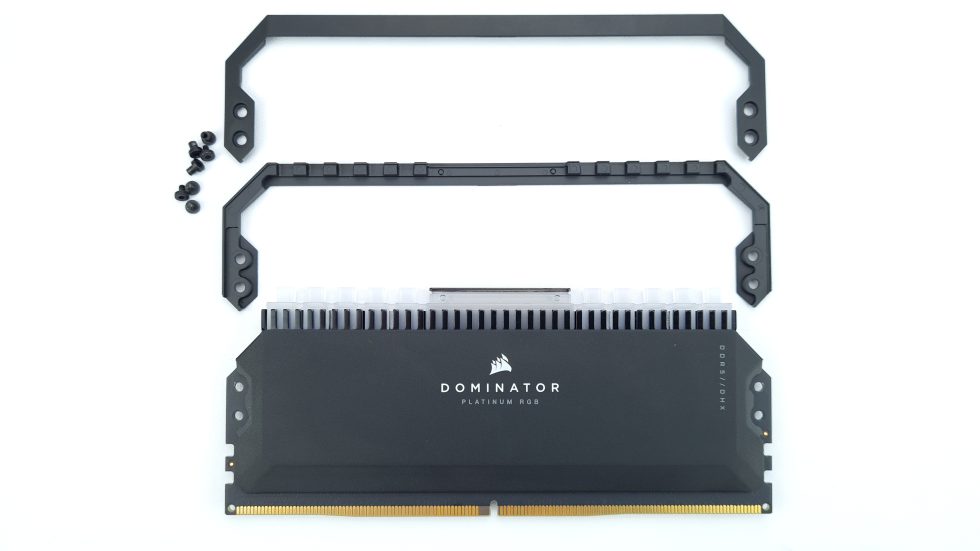
To disassemble the modules, first remove the 2 counter screws on each side, which allows the two frame parts to be removed. Now the two halves of the cooler are only held to the PCB with glue, which is relatively easy to remove with a little heating and patience. Fortunately, Corsair did not resort to chewing gum cement here like other RAM manufacturers. The flat ribbon connector for the lighting element is located on the side not equipped with ICs. Loosen the clamp here and the whole plastic element can be easily removed.
Above the RAM ICs, two 1 mm thick thermal pads on both of the PMICs (Power Management integrated circuit) provide indirect cooling. Direct cooling of the voltage converters would be even better, but due to the different heights of the components, this indirect approach is quite justifiable and always better than no active cooling at all.
The board has a golden imprint “50-002532 CORSAIR” in the upper left corner next to the ICs, which should indicate the module revision. Speaking of ICs, as already mentioned, “H5CG48MEBD” chips from SK hynix are used, also known as Hynix M-Die with the highest clock and performance potential in DDR5 so far. For comparison, I also have the 5600 Mbps Corsair Dominator Platinum RGB modules from their review and an SK hynix DDR5 OEM module.
The two Corsair modules are almost identical, apart from a few inscriptions, like the presumed coding of the manufacturing date at the bottom left “2147” and “2149”, and of course the ICs, Samsung 16 Gbit B-Die and Hynix 16 Gbit M-Die, respectively. The board and module design numbers are also identical. The OEM modules from SK hynix are clearly more spartan at first glance with their green, lower PCB. At second glance, the tighter grouping of components around the PMIC is noticeable, as well as the few additional capacitors around the ICs. While Corsair’s design is identical between the two IC variants, which implies a corresponding compatibility, Hynix can of course specialize their design. All 3 modules are versions of the A0 single-rank reference design from JEDEC.
Accordingly, PMIC, SPD-EEPROM and RGB controller and old acquaintances. These are respectively an ANPEC APW8502C, a Renesas 511 8Y1 variant and an NXP 824J. The presumed DC-DC converter chip carries the engraving “W4627”, whereby I could not find a data sheet here.
Without the heatsink, the modules still measure 37.6 mm in total height and thus around 34 mm from the upper edge of the DIMM slot.
The board has no layer markings, but it is an 8 layer design, manufactured by Brain Power from Taipei, Taiwan.















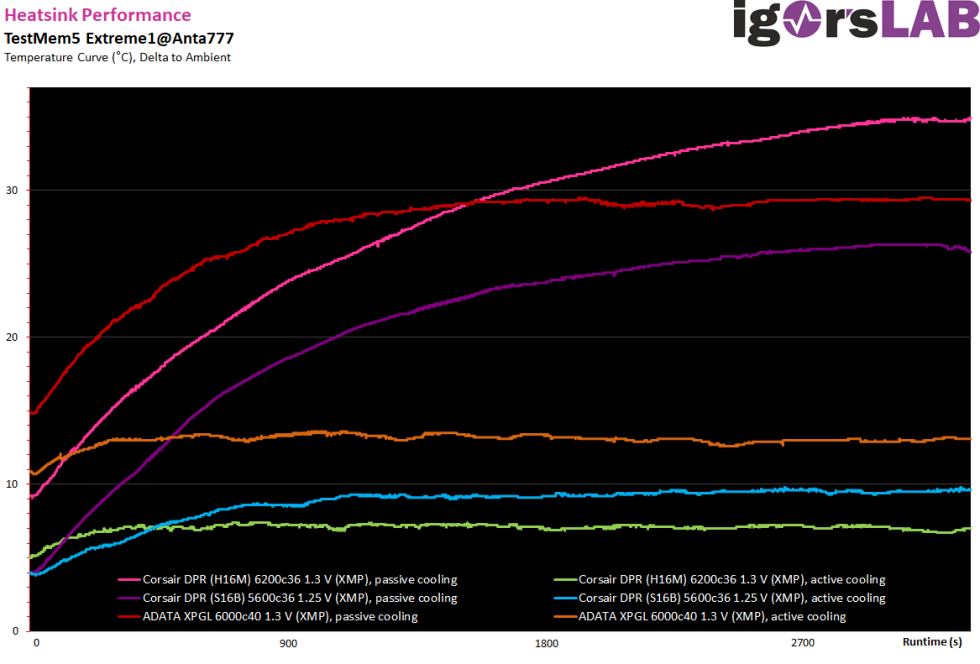
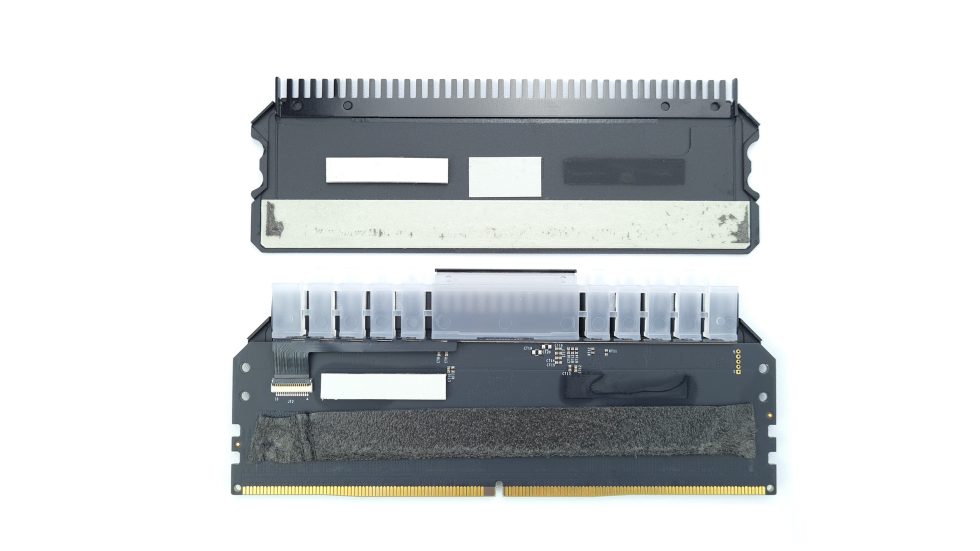
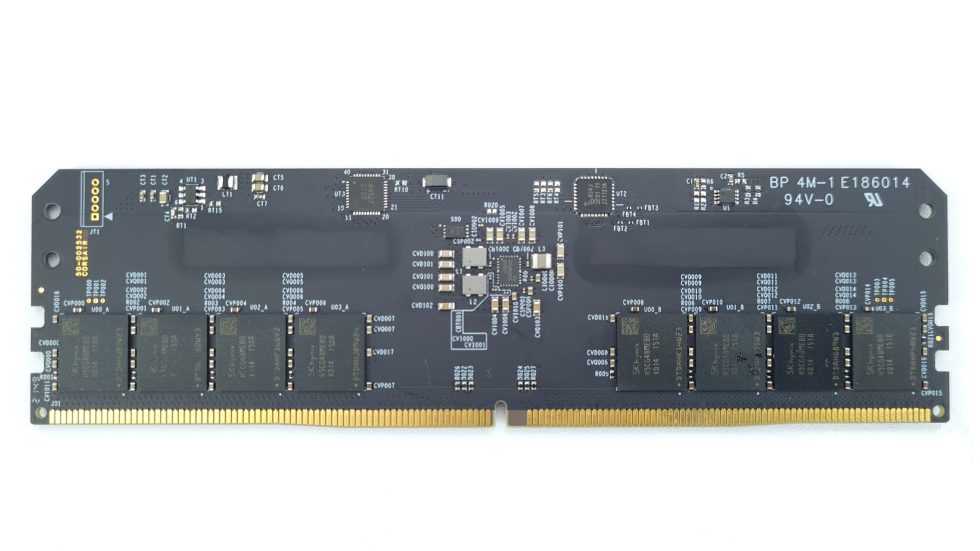
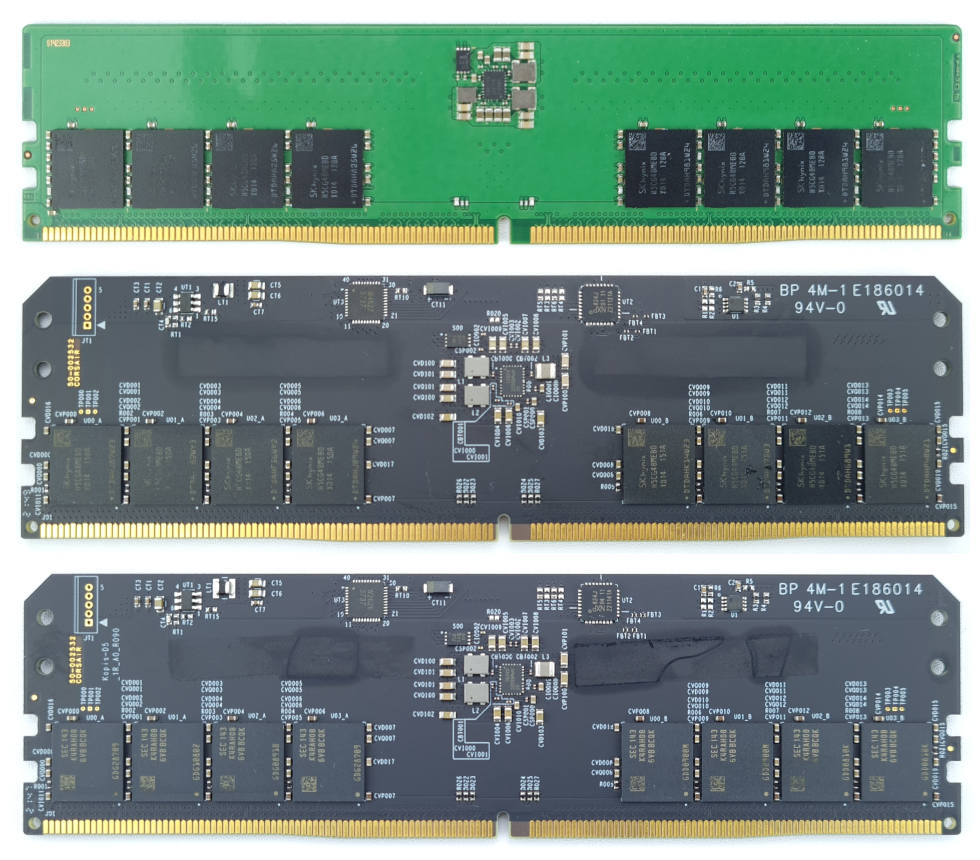
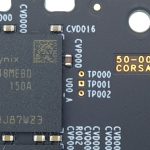
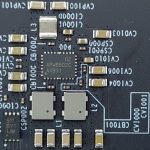
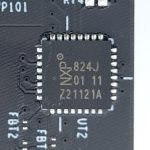
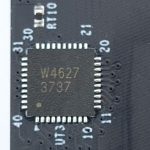
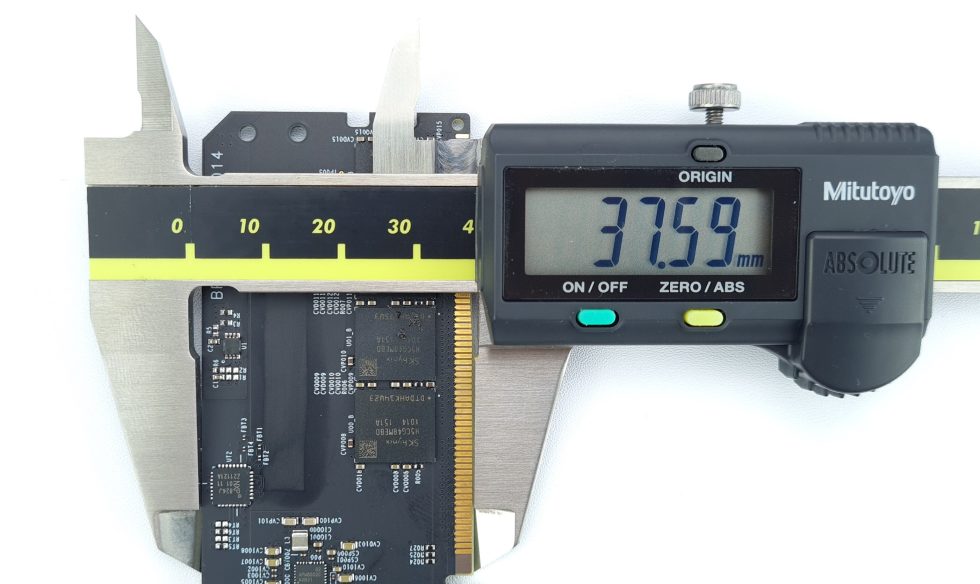
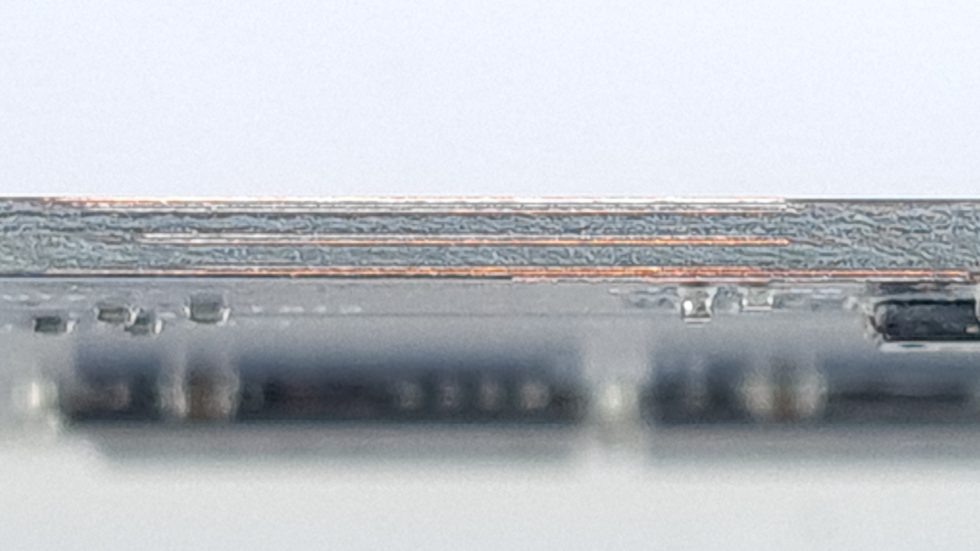



















Bisher keine Kommentare
Kommentar
Lade neue Kommentare
Artikel-Butler
Alle Kommentare lesen unter igor´sLAB Community →